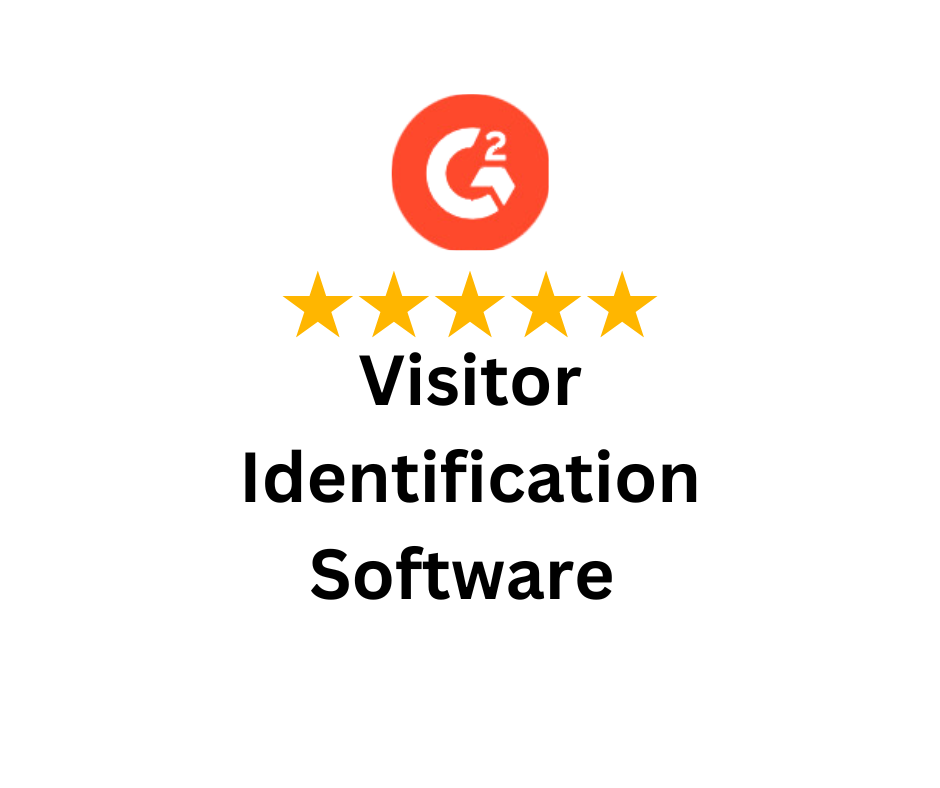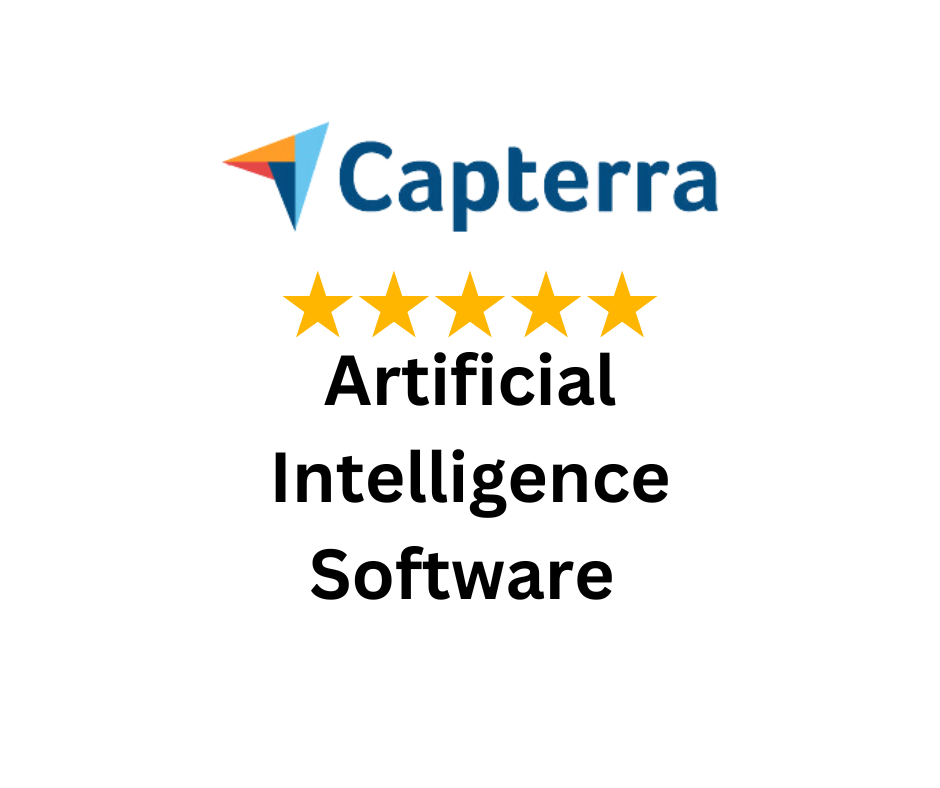In 2025, understanding your digital competitors is a necessity for businesses that want to dominate their market. To execute professional-grade website competitor research, we must take a data-driven approach that goes beyond surface-level analysis.
If you’re looking for what you should be doing as a business during competitor website research, the following strategies and tools are what separate amateurs from pros.

Before diving into data, we must identify the actual competitors impacting our visibility—not just industry peers.
For this, there are two types of competitors we focus on:
We recommend searching your target keywords in Google incognito mode and listing the top-ranking domains. Use tools like Ahrefs, SEMrush, or SpyFu to extract competing domains based on organic vs. paid keyword overlap.
Once competitors are identified, we extract their top-performing organic keywords. This is critical to understanding how they’re attracting traffic.
Here’s what to do:
Document their top 100 non-branded organic keywords, along with:
Pro tip: Hiring a reliable company that offers professional services for this step will be a great plan towards gaining a better ROI that would be due to increased conversions.
Backlinks are a major ranking factor. Reviewing your competitors’ link-building strategies provides insight into what’s working.
Focus on:
What to record:
High-ranking competitors often rely on cornerstone content. Use analytics tools to uncover:
Pro Tip: Focus on replicating and improving the format, length, and topical authority of the content driving success.
Great content alone doesn’t rank without proper site architecture, even when you put in efforts for competitor website research.
Review the following:
Pro Tip: Use website crawler tools to crawl the competitor’s website and extract structural patterns. Identify how they guide search engines and users through their site—then refine your own accordingly.
An AI tool that acts as a Lifetime Value (LTV) model can help you understand the journey of visitors on your website more than anything else.
Even top-ranking websites can be brought down by technical inefficiencies that can arise without a warning.
What you need to examine:
Pro Tip: If a competitor is underperforming somewhere, it’s a golden opportunity to outrank them with superior technical SEO.
To outperform paid efforts, analyze:
Study your competitors’:
Pro Tip: You can refine paid campaigns to be more efficient and conversion-focused.
Social signals and content distribution often influence brand visibility and referral traffic, which is another important step in website competitor research.
Assess:
Note: Certain tools highlight viral content, engagement peaks, and community management strategies. These patterns guide your own social content planning to fill gaps and capitalize on missed opportunities.
Competitor sites that update content frequently tend to have stronger freshness signals, especially in time-sensitive niches.
What to document:
This helps optimize your content calendar, ensuring to always stay ahead in publishing relevant, timely updates that signal authority to search engines.
Ranking is only half the battle won after mastering website competitor research—converting visitors is where revenue actually lies.
For this, examine:
Take note of:

A Comprehensive Heatmap Reading From a Powerful AI Tool
This step is perhaps where a lot of companies struggle. However, on the bright side, a powerful AI tool that offers multiple features, including user segmentation, heatmap, and A/B tests can help you target the right audience and boost conversions.
Identify which SERP features competitors are dominating, such as:
This allows you to tailor content to win those placements, using structured content formats, schema markup, and rich media integration.
With all intelligence gathered, compile a competitor SWOT (Strengths, Weaknesses, Opportunities, Threats) chart to guide your execution roadmap:
Pro Tip: Use this to create a prioritized roadmap of how to outperform on every level—organically, technically, and commercially.
Opting for an SEO tool that not only offers technical SEO, but also gives you an option to choose other supportive tools like an Ads Optimizer and more will be a smart investment.
To master website competitor research like a pro, we implement a multi-layered framework that touches on every ranking, traffic, and conversion signal our rivals rely on.
By combining keyword analysis, backlink audits, content reverse-engineering, and technical dissection, you can position your business to not only compete—but dominate.
Professional SEO isn’t just about ranking—it’s about winning market share. Competitor research is the only way to get you there, and relying on a professional company with experts will be highly beneficial for more visibility, revenue generation, and business growth.
Empowering businesses to optimize their conversion funnels with AI-driven insights and automation. Turn traffic into sales with our advanced attribution platform.

